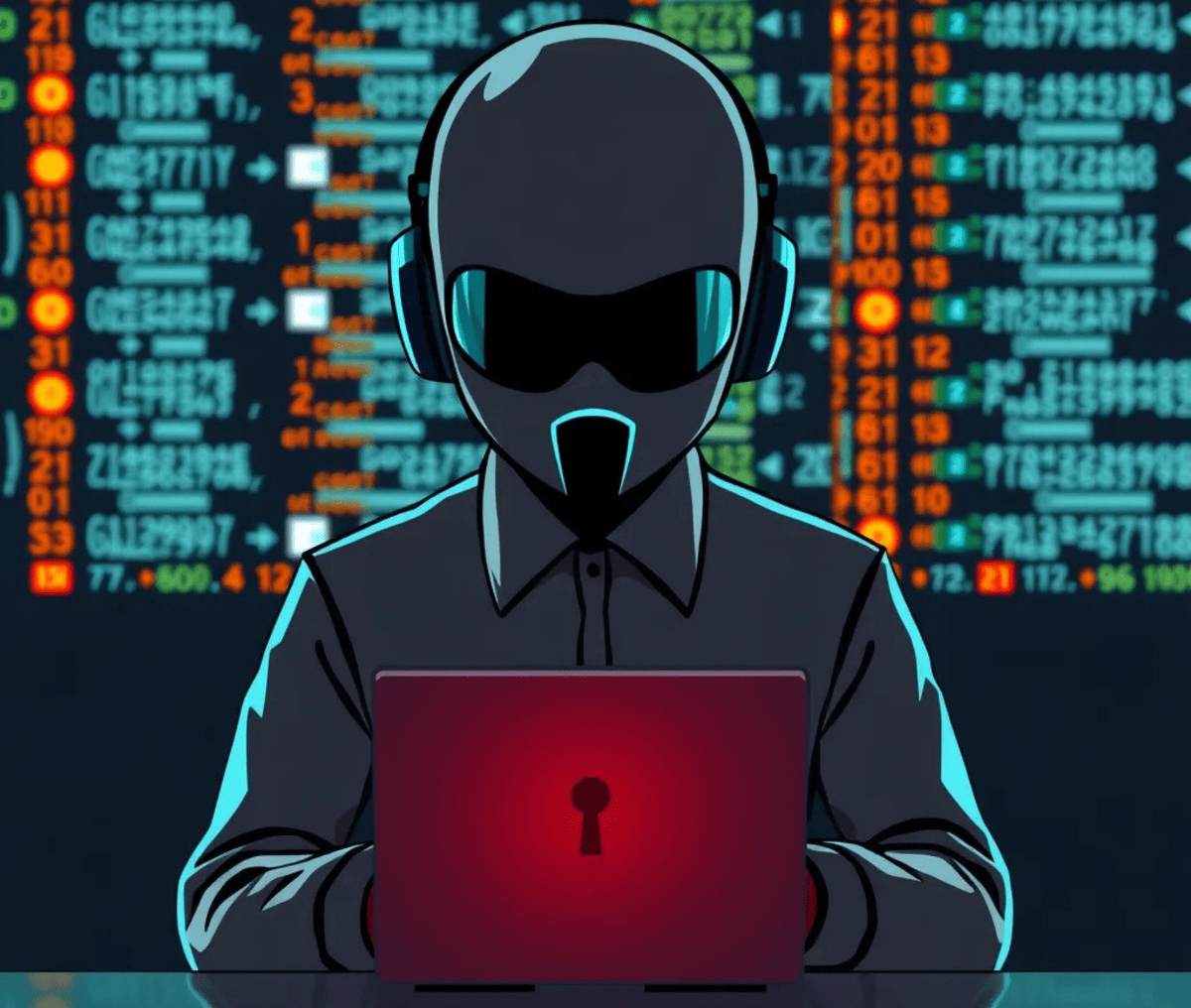
Internet Safety: Protecting Yourself Online
In the modern world, the internet is an indispensable part of daily life, providing access to information, communication, and entertainment. However, this vast digital landscape is not without its dangers. Understanding internet safety is essential for protecting personal information and ensuring a secure online experience. With the rise of cyber threats and data breaches, individuals must be proactive in safeguarding their digital presence.
Main Threats to Internet Security
- Phishing Attacks: Phishing is one of the most common cyber threats, where attackers impersonate legitimate organizations to trick individuals into revealing personal information. These attacks often come in the form of emails or messages that appear authentic, urging users to click on harmful links.
- Malware: Malicious software, or malware, encompasses various harmful programs designed to damage or exploit devices. This includes viruses, ransomware, and spyware. Malware can be unknowingly downloaded through infected websites or email attachments, compromising user data.
- Identity Theft: Cybercriminals can steal personal information such as Social Security numbers, bank details, and credit card information to impersonate individuals and commit fraud. Identity theft can have severe consequences, including financial loss and damage to credit scores.
- Unsecured Wi-Fi Networks: Public Wi-Fi networks, while convenient, often lack security measures. Hackers can easily intercept data transmitted over these networks, making it unsafe to access sensitive information like bank accounts or personal emails.
- Social Engineering: This tactic involves manipulating individuals into divulging confidential information. Social engineers exploit psychological tactics, creating a sense of urgency or fear to trick users into providing sensitive data.
Precautionary Measures to Protect Personal Information Online
- Use Strong Passwords: Creating complex passwords that include a combination of letters, numbers, and special characters is essential. Avoid using easily guessable information, such as birthdays or names. Additionally, consider using a password manager to store and generate unique passwords for different accounts.
- Enable Two-Factor Authentication (2FA): This security feature requires users to provide two forms of verification before accessing their accounts, adding an extra layer of protection against unauthorized access.
- Be Cautious with Personal Information: Limit the amount of personal information shared on social media and other online platforms. Adjust privacy settings to control who can view your profiles and posts. Be mindful of accepting friend requests from unknown individuals.
- Stay Informed About Phishing Scams: Educate yourself about common phishing tactics and be skeptical of unsolicited emails or messages requesting personal information. Always verify the sender's identity before clicking on links or providing information.
- Use Secure Connections: When accessing sensitive information, use a Virtual Private Network (VPN) to encrypt your data and protect your online activities, especially on public Wi-Fi networks.
- Keep Software Updated: Regularly update your operating system, browsers, and applications to ensure you have the latest security patches. These updates often fix vulnerabilities that cybercriminals could exploit.
- Monitor Financial Statements: Regularly check bank and credit card statements for any unauthorized transactions. If you notice anything suspicious, report it immediately to your financial institution.
- Educate Yourself and Others: Stay informed about the latest online threats and best practices for internet safety. Share this knowledge with family and friends, especially younger users who may be more vulnerable to online risks.
Conclusion

In conclusion, maintaining internet safety is crucial in today's digital landscape. By understanding the main threats to internet security and implementing precautionary measures, individuals can protect their personal information and enjoy a safer online experience. As the internet continues to evolve, prioritizing safety will empower users to navigate the digital world confidently and securely.